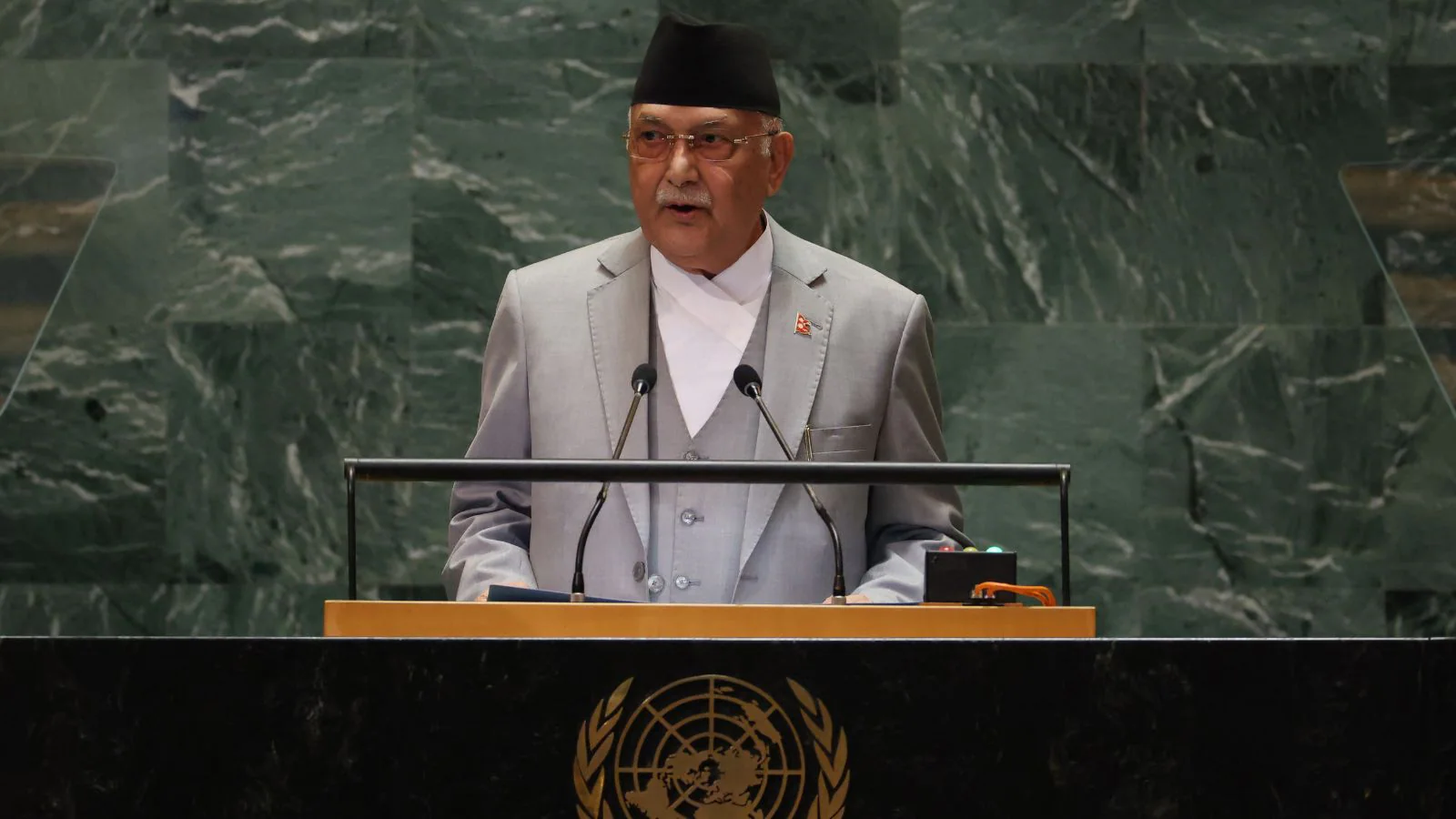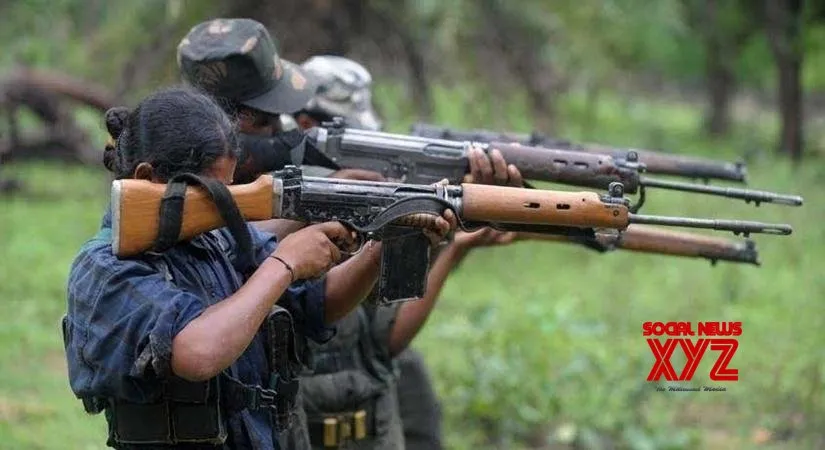
The other night on CNN, there was a discussion about the troubling commonality between the people who are committing so many of the tragic shooting incidents over the last months.
The first person who tried to murder Donald Trump was a young white man. The person who murdered the health care CEO was a young white man. The person who entered a Catholic church and murdered Catholic children was a young white man. The person who murdered Charlie Kirk was a young white man. And the person who killed a detainee at an Immigration and Customs Enforcement facility was a young white man.
Going a bit further back, the people who committed the Columbine massacre were young white men. The person who rushed into a kindergarten class in Newtown at Christmastime was a young white man. The person who murdered Black worshipers at Mother Emmanuel was a young white man.
Some of the killers embraced a trans ideology. Some were openly and politically leftist. Some were all over the place in their politics.
Some were loners. Some had loving families. Some had been religious growing up, and some were agnostic, to the point of being atheists.
But the one through line is that they are all growing up in a society that devalues young white men.
I know that sounds counterintuitive, since we have been told that it is young African American men who are an endangered species.
There is truth in that, given the statistics. But we cannot ignore the fact the type of violence normally committed in the Black community is fueled by drugs, anger, poverty and fatherless households.
That’s generally not the case with mass shooters.
They’ve been uniformly white, usually millennials or Gen X and middle class. Poverty is rarely an issue.
Drugs are sometimes involved. And almost all of them had fathers actively involved in their lives.
What has caused these young men to reach the point where violence is the only solution to an unnamed problem?
For many years, society has tried to correct what was seen as a generational bias against women.
There is no question women suffered discrimination for generations in all areas of life, including employment, marital relationships, health care and education. The criminalization of marital rape is relatively recent, since women were considered at law to be the property of their husbands.
Women who found themselves at the wrong end of a divorce later in life were financially destroyed.
It was, in fact, a man’s world.
But as usually happens in a society that seeks to right wrongs regardless of the human cost, we overcorrected.
Instead of bringing women to the same level as their male counterparts and aiming for true equality, we started using that term “equity.”
We created a reverse form of discrimination, where you give special consideration to those who have been discriminated against while deliberately taking rights away from those who benefited from the status quo.
Some women thought that this was fine. Girl power, and all that stuff. But then they started having sons. And those sons started going to school. And in those schools, teachers started punishing boys for being energetic and rambunctious, while favoring the more studious girls.
There were diagnoses of new disorders like ADHD and hyperactivity and learning disabilities that might simply have been the result of different learning styles.
And then there was the MeToo movement, which essentially made every male into a budding rapist, forcing young men to wonder if they should dare open doors for their dates at the risk of being called abusive.
And then COVID. And the horror of the internet, which took already alienated boys and protected them from having to actually speak to real human beings.
That was all the “boy” part. The “white” part came into play well before the Black Lives Matter movement, where being a white male was already an albatross because you were identified as being one of the “haves” in a society with too many “have nots.”
It didn’t matter that many of these “haves” didn’t have all that much. The fact they might simply be blue-collar, middle-class kids like my own father was irrelevant.
Imagine the impact this has on a young brain.
Imagine the toll, especially when you ask that question and people who are invested in the victimization industrial complex mock you for even asking it.
There is a huge mental health crisis in the United States, and it is impacting young men, and in particular young white men, more than any other demographic.
The statistics bear this out.
So perhaps we will stop talking only about guns, only about discrimination, only about hatred, and take a long hard look at what we have been doing to young white men.
We should be having that conversation. It could save someone’s life.
Christine Flowers is an attorney and a columnist for the Delaware County Daily Times in Pennsylvania.



